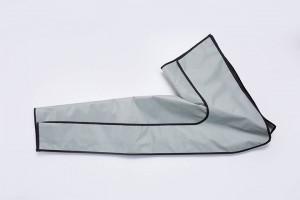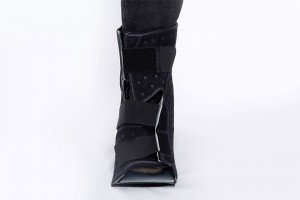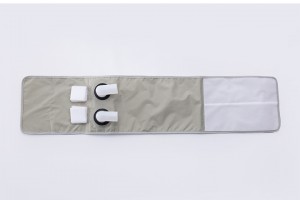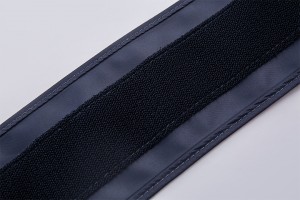Surgical thrombectomy is a method that can quickly remove thrombus in a short time. After the thrombus is cleared, the blocked vein will return to patency, and a better long-term prognosis can be achieved by completely clearing the thrombus through surgery. Because of the large trauma, bleeding and complications of surgery, there are not many hospitals carrying out clinical research.
In recent years, the application of thrombolytic drugs and the rapid development of intravascular technology make the concept of "thrombus clearance" come into being. On the basis of anticoagulation therapy, thrombolytic therapy can be regarded as an active and effective strategy choice, which is suitable for DVT patients who exclude thrombolytic contraindications.
At present, urokinase (UK) and alteplase are the most commonly used fibrinolytic agents in DVT clinical thrombolytic therapy at home and abroad. Thrombolytic therapy can accelerate thrombolytic recanalization, protect valve function, reduce the incidence of PTS, and the improvement of patients' quality of life is positively related to the degree of thrombolysis. Thrombolytic therapy can be divided into peripheral venous thrombolysis (systemic thrombolysis) and catheter directed thrombolysis (CDT).
With the improvement of interventional equipment and technology, CDT has obvious advantages in the treatment of DVT. It directly contacts the local thrombus with thrombolytic drugs, which significantly increases the concentration of thrombolytic drugs around the thrombus. The contact area between thrombolytic drugs and thrombus is significantly larger than that of peripheral venous thrombolysis.CDT treatment significantly increases the amount of drugs acting on the thrombus, significantly increases the vascular recanalization rate after thrombolysis, and the curative effect is significantly better than that of peripheral venous thrombolysis.
CDT has become the most commonly used thrombolytic method at present, which can effectively reduce bleeding complications while accelerating thrombolysis. Pharmaceutical mechanical thrombectomy (PMCT) is a device with rotation at the head end, which can shred thrombus and suck it into the catheter through negative pressure, and then combine with traditional CDT, which can reduce the dose of thrombolytic drugs and treatment time by about 50%.
The thrombus clearance effect of PMCT and CDT is similar, but PMCT is safer, accelerates thrombus recanalization, reduces treatment time, reduces the application of thrombolytic drugs and bleeding complications, reduces the incidence of PTS, reduces the number of days in hospital and reduces the cost of hospitalization.
Cavent study is a randomized controlled study of standard anticoagulant therapy combined with CDT and standard anticoagulant therapy on acute iliofemoral deep vein thrombosis, which recruited patients from 20 hospitals in Northwest Norway.
The results of this study show that compared with anticoagulant therapy alone, combined CDT therapy can significantly reduce the risk of PTS, but slightly increase the risk of bleeding. However, compared with systemic thrombolysis, this risk of bleeding seems acceptable.
This result supports the recommendation of recent guidelines that combined CDT treatment can be considered in patients with proximal deep vein thrombosis and low bleeding risk.
Company profile
The company has its own factory and design team, and has been engaged in the production and sales of medical products for a long time. We now have the following product lines.
①Air compression suit (air compression leg、compression boots、air compression garmentsand for shoulder etc)and DVT series.
③Tourniquet cuff
④Hot and cold therapy Pads(ankle ice pack、elbow ice pack、ice pack for knee、cold compression sleeve、cold pack for shoulder etc)
⑤Others like TPU civil products(inflatable swimming pool、anti-bedsore inflatable mattress、cold therapy knee machine ect)
Post time: Sep-30-2022






